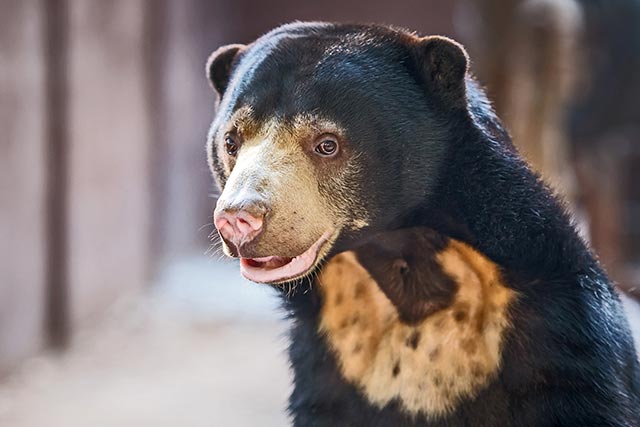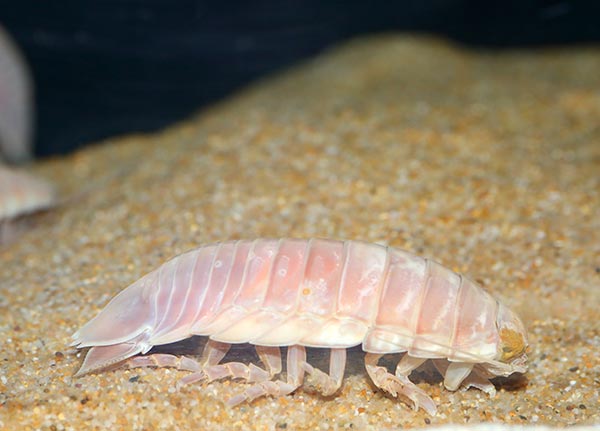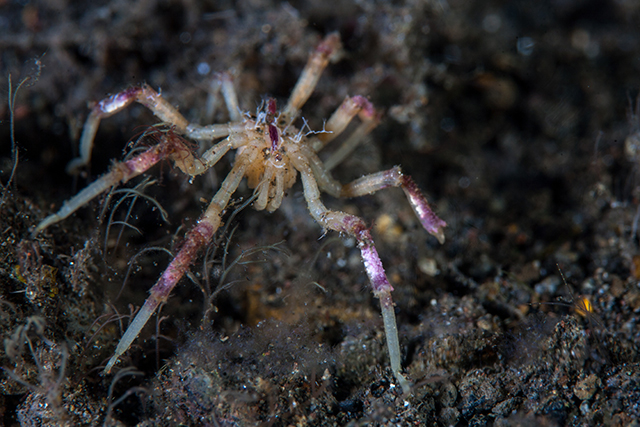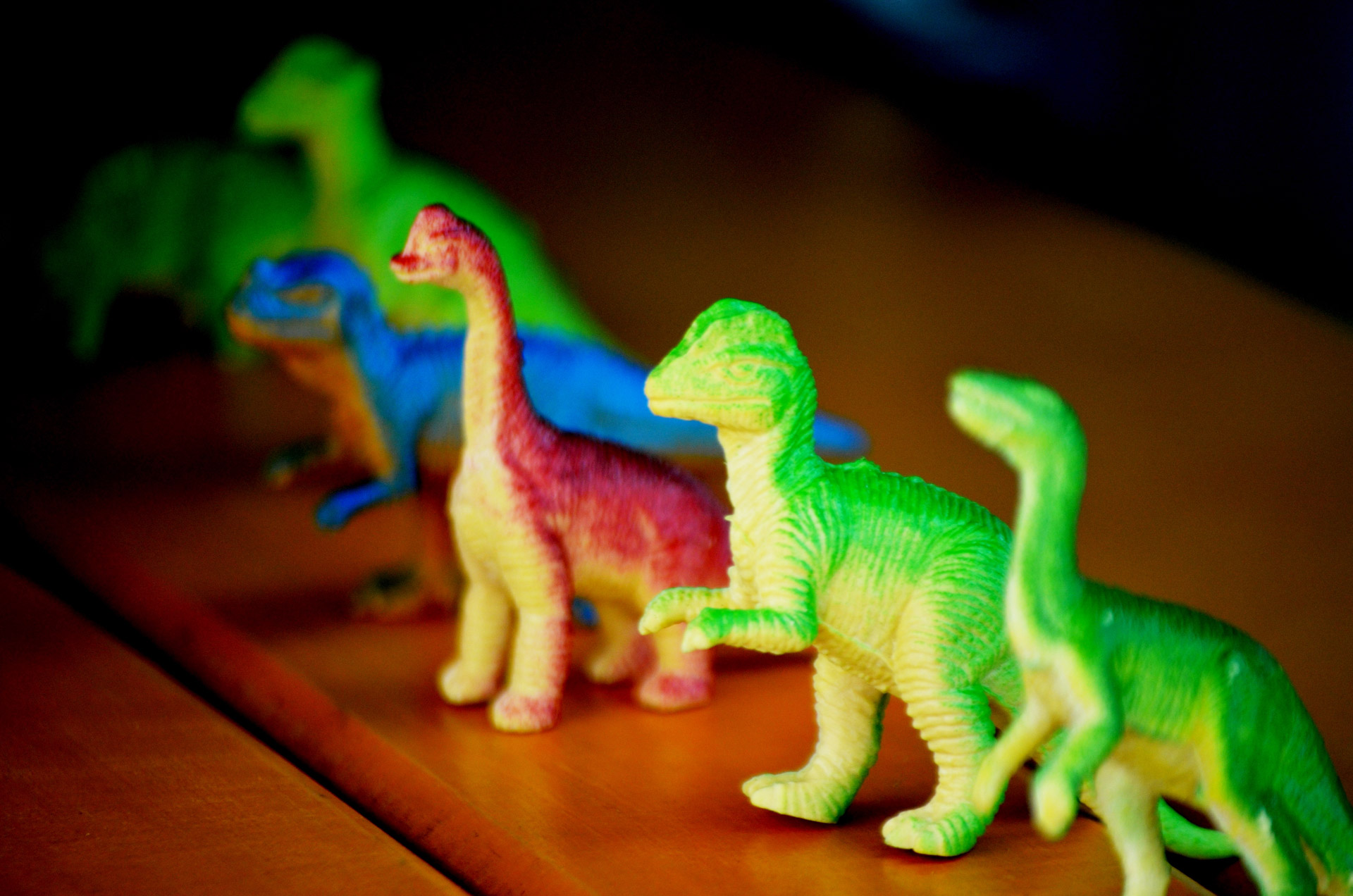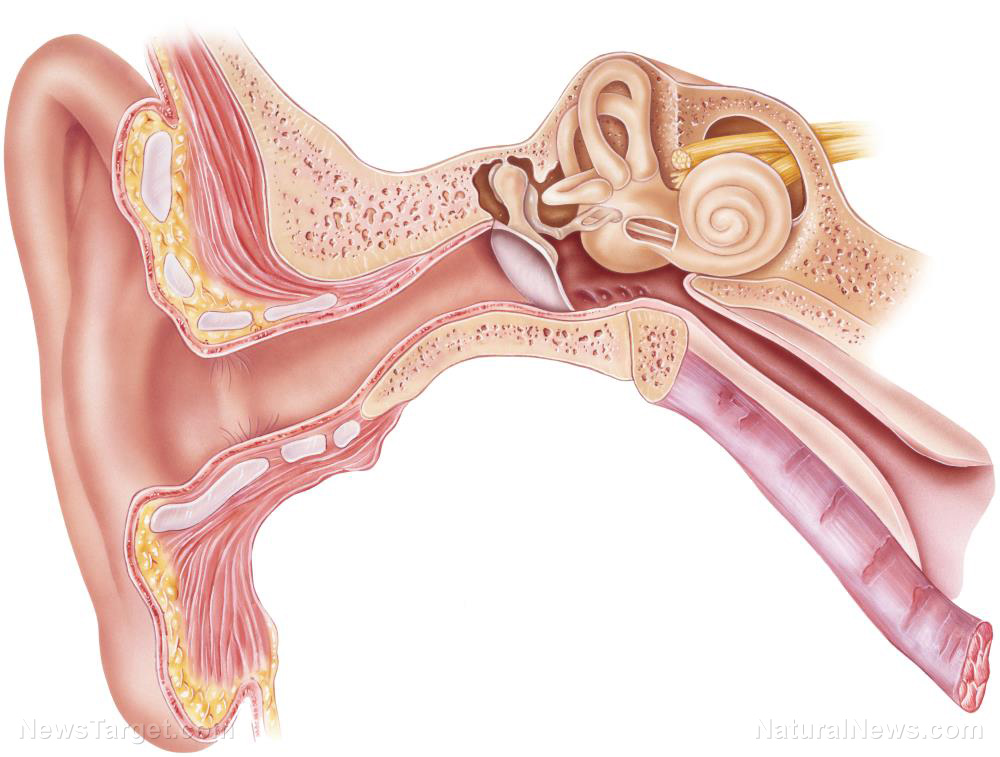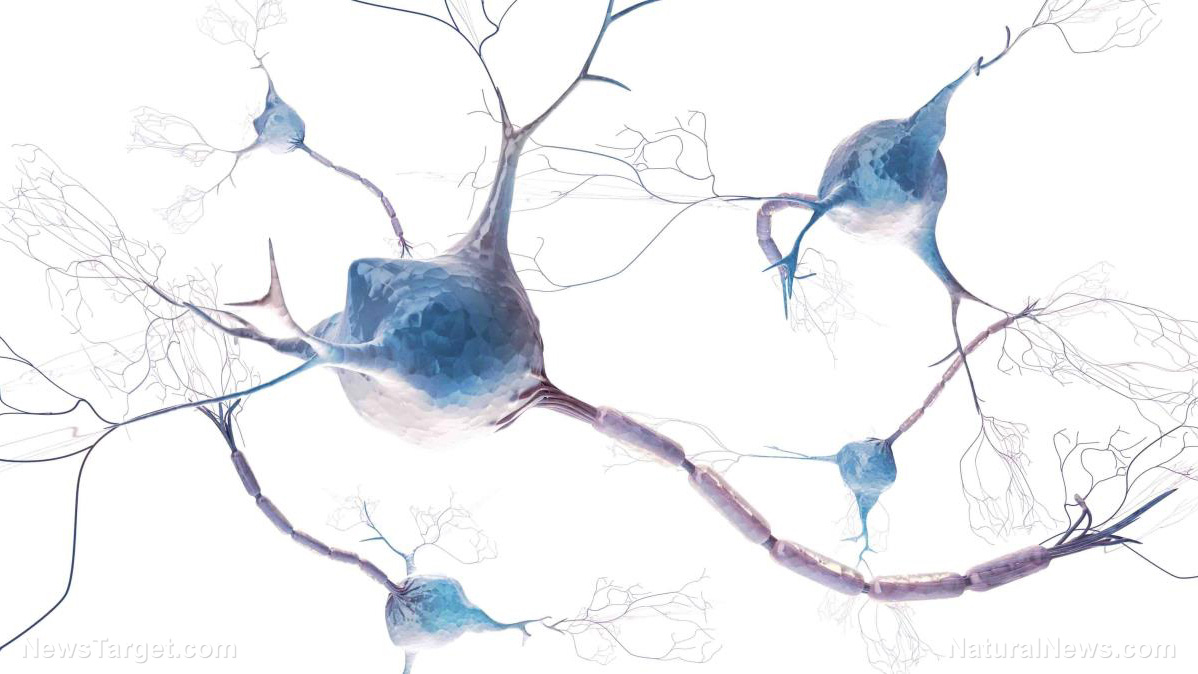Diabolical wasp turns spiders into zombie slaves by hacking their hormones
11/22/2019 / By Edsel Cook
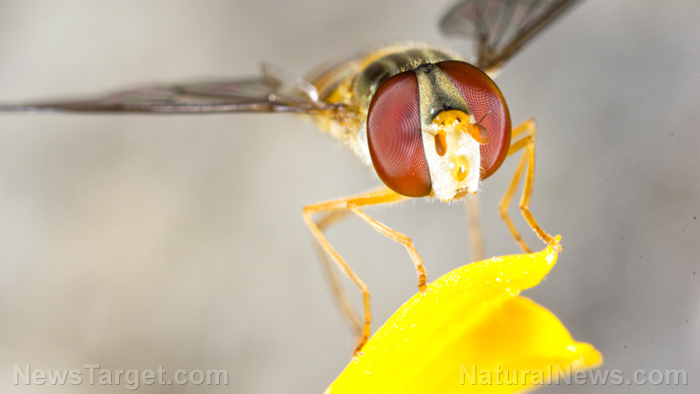
Around the world, parasitoid wasps use spiders as the host for their babies. Researchers recently found that the wasps take advantage of the spiders’ hormone to force their victims into doing their bidding.
A wasp starts the gruesome series of events by laying an egg on the body of a spider. Its larva feeds on their host to gather nutrients for the pupa stage.
Eventually, the wasp larva forces the spider to spin a specific web that will support its pupal cocoon. Once the spiderweb is finished, the larva kills the spider, wraps its former host and itself in a cocoon, and starts the maturation process into an adult wasp.
Researchers from the Smithsonian Tropical Research Institute (STRI) and Brazil’s Universidade Federal de Uberlandia (UFU) investigated how parasitoid wasps hijack the bodies of the spiders.
They learned that the wasp larvae take advantage of ecdysone, a hormone that controls the molting behavior of spiders. The parasites change the way spiders respond to increasing ecdysone levels so that their hosts produce webs for their pupal cocoons. (Related: Bugs for green thumbs: 7 Beneficial bugs that you need in your garden.)
Parasitoid wasp larvae inject psychotropic substances into spiders to turn them into “zombies”
STRI researcher William Eberhard teamed up with his UFU counterpart Marcelo Gonzaga. Together, they went over the existing papers on parasitoid wasp species around the world that target spider species.
They also incorporated the findings of a separate Brazilian molecular study. Last but not least, they looked at the behavior of spiders in Costa Rica.
The researchers found several previously unnoticed patterns in the lines of webs woven by parasitized spiders. They used this to explain how a single species of parasitoid wasp produced different changes in the webs of various host spider species.
As it wove its web, the spider showed signs of the wasp larva’s manipulation. In extreme cases, the malign influence appeared in different stages of construction.
The affected spider selected areas that were perfect for the wasp larvae. The host also changed the way it usually spun its web so that it protected the larvae’s pupal cocoon.
The wasp larva achieved these changes by injecting mind-altering substances into the hemolymph of the spider. The circulatory system of the host carried the psychotropic chemicals to its central nervous system.
Wasps take advantage of the same molting hormone in different spider species
Early on, the researchers found that a genus of spiders displayed very high levels of ecdysone in their bodies after building cocoon webs. They theorized that the wasp larva affected the nervous system of its host, changing the spider’s typical response to the hormone that triggered its molting cycle.
“Several studies suggested that sometimes the webs induced by the wasps resemble the webs that unparasitized spiders build just prior to molting,” explained Gonzaga. “By hacking into this system, the wasps ensure the safety of their own offspring at the expense of their host.”
Having found the potential means by which the parasitoid wasps turned the spiders into zombies, the STRI-UFU team examined the lines that made up cocoon and molting webs. The web lines clearly showed the behavior of spiders before and after becoming hosts.
They noted variances between the molting webs spun by healthy spiders and the cocoon webs of afflicted specimens. Further, the variations didn’t overlap very much.
“The larvae probably tweak the spider’s molting web construction behavior to gain added protection,” Eberhard said. “The mechanisms by which these additional modifications are obtained may result from differences in the timing or amounts of ecdysone, or modifications in the ecdysone molecules themselves, but they remain to be documented.”
Visit WeirdScienceNews.com to read more of the gruesome methods of survival of insects and other animals.
Sources include:
Tagged Under: animal behavior, animal kingdom, animals, cool science, hormones, insects, parasites, parasitoids, psychotropic, spiders, wasps, weird science
RECENT NEWS & ARTICLES
COPYRIGHT © 2017 DISCOVERIES NEWS



